What is Samsung Motion Rate, Sony Motion Flow, and Lg Trumotion?

Are you planning to buy a new television? Do you know what Samsung Motion Rate, Sony MotionFlow, and LG TruMotion are? These terms may seem confusing, but it’s important to understand them when investing in a new TV.
This article will explain what each of these technologies is and how they help improve your viewing experience.
Samsung Motion Rate, Sony MotionFlow, and LG TruMotion are all types of motion-smoothing technology used by TV manufacturers. These features enhance the picture quality of an image by reducing motion blur and making fast-paced images appear smoother. They can also reduce input lag, which is the amount of time it takes for action on the screen to occur after a button is pressed on the remote control.
Understanding these technologies will help you make an informed purchase as you shop for your next television.
What is the Refresh Rate?
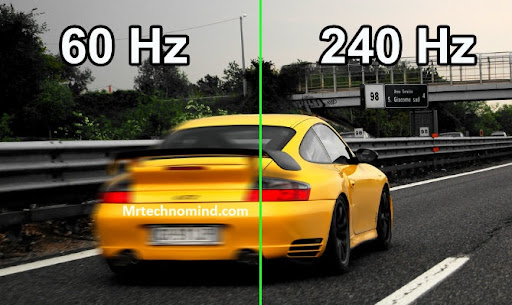
Refresh rate is an important metric for evaluating the performance of a television’s display. It refers to the number of times per second that the screen refreshes its image, which in turn determines how quickly and smoothly it can show motion.
A higher refresh rate will result in smoother motion on the screen, while a lower refresh rate will cause motion to appear choppy or blurry. Many television manufacturers have their own proprietary technologies for enhancing motion on the screen.
Samsung Motion Rate, Sony MotionFlow, and LG TruMotion are all examples of these technologies. Samsung Motion Rate uses backlight scanning technology to reduce blurring and juddering in fast-moving images, while Sony MotionFlow uses frame interpolation technology to insert extra frames between existing ones for a smoother viewing experience.
LG TruMotion utilizes a combination of backlight scanning and frame interpolation technology to deliver enhanced motion performance. All three of these technologies seek to improve motion clarity by increasing the effective refresh rate of the television’s display.
This can help make fast-moving images look sharper and more fluid, resulting in an improved viewing experience overall.
Which is the Best Refresh Rate for a Tv?
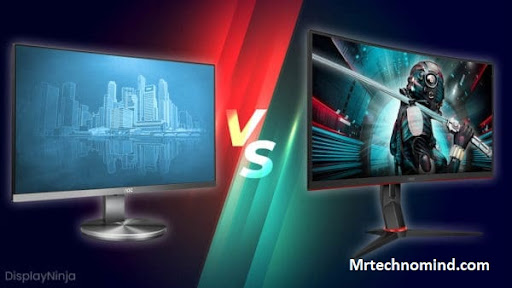
Samsung Motion Rate, Sony Motionflow, and LG TruMotion are all terms used to describe the refresh rate of a television. The refresh rate of a TV is the number of times per second that the screen can update its picture. A higher refresh rate means that images appear smoother and more realistic.
Samsung Motion Rate is based on the number of frames per second (FPS) a TV can display, while Sony Motionflow uses backlight technology to reduce motion blur and increase clarity. LG TruMotion also uses backlight technology but adds additional processing to smooth out motion even further.
Each type of refresh rate has its pros and cons. Samsung Motion Rate works best for fast-action scenes, as it offers higher frame rates for smooth visuals. Sony Motionflow provides clear visuals even during slow scenes due to its backlight technology, while LG TruMotion offers a great balance between fast-action and slow scenes with additional processing capabilities.
When it comes to choosing the best refresh rate for your TV, it depends on what kind of content you watch most often. If you watch a lot of sports or action movies then Samsung Motion Rate might be best suited for you. On the other hand, if you watch mainly slow-paced dramas then Sony Motionflow or LG TruMotion could be more suitable options as they provide better clarity in slower scenes.
Ultimately, it’s up to you to decide which option will provide the best viewing experience for your needs.
What is Motion Rate?

Samsung Motion Rate, Sony Motionflow, and LG TruMotion are all motion rate technologies used to reduce motion blur and improve the smoothness of the video.
Samsung Motion Rate is a combination of backlight scanning, frame interpolation, and image processing that delivers a smooth picture and less motion blur.
Sony Motionflow uses an algorithm to insert extra frames and enhance image processing to produce smoother pictures with less blur.
LG TruMotion employs backlight scanning and image processing techniques to create sharp images with minimal blurring during fast-moving scenes.
All three technologies rely on a combination of backlight scanning, frame interpolation, and image processing to reduce motion blur in order to deliver a more enjoyable viewing experience.
By utilizing these motion rate technologies, viewers can enjoy a clearer picture even when watching fast-paced action movies or sports events.
What Is Motion Interpolation?
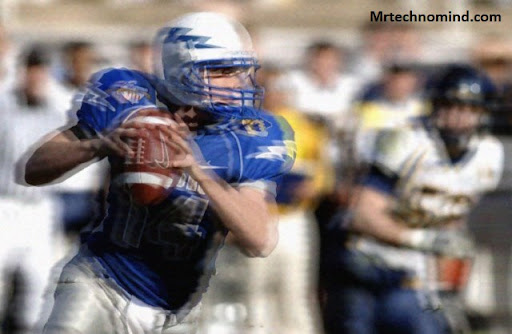
Motion interpolation is a technology that allows monitors and televisions to display images at higher frame rates than the source material. It works by inserting new frames between existing frames, which creates a smoother image with less motion blur.
Samsung’s Motion Rate, Sony’s Motionflow, and LG’s TruMotion are some of the most popular motion interpolation technologies on the market today. Motion Rate uses Samsung’s proprietary algorithm to insert intermediate frames into the video stream, creating a more fluid and realistic picture. By increasing the frame rate from 60Hz to 120Hz or 240Hz, it can reduce the judder and ghosting effects that are common in movies or sports broadcasts.
Motionflow works similarly but adds an extra dimension of realism by adjusting the brightness levels of each frame for better contrast and clarity. LG’s TruMotion uses a combination of backlight scanning technology and variable refresh rates to create smooth transitions between frames without introducing additional lag time. This makes it ideal for watching fast-paced content like live TV shows or gaming sessions without sacrificing image quality.
The technology also offers upscaling capabilities so you can get more out of older media sources like DVDs or Blu-rays. All three technologies offer great benefits when it comes to viewing content on modern displays, helping you experience smoother visuals with minimal input lag.
What Is Tv Motion Blur?
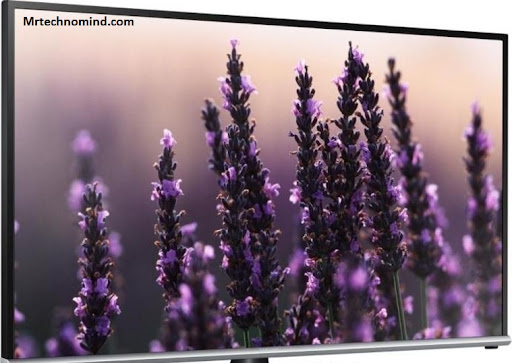
As we discussed in the previous section, motion interpolation is a technology used to reduce motion blur on TV screens. It works by inserting additional frames between existing ones, creating a smoother picture for viewers.
Samsung, Sony, and LG all have their own versions of this technology called Motion Rate, Motionflow, and TruMotion respectively. Motion Rate from Samsung is designed to smooth out fast-paced action sequences and reduce juddering. It works by calculating the frame-to-frame rate of the incoming signal and then adding new frames where necessary. This allows for more fluid movement in scenes with quick movements and helps reduce blurriness during sports broadcasts or other high-motion content.
Sony’s Motionflow technology works similarly but also includes an extra feature known as ‘Impulse’ mode. This mode increases the frame rate of the incoming signal up to four times its original speed, allowing for even smoother playback than what would be possible with regular Motionflow alone.
LG’s TruMotion works similarly but adds its own unique features such as Auto Luminance Optimization (ALO) which helps improve brightness levels when viewing dark scenes. All three technologies work together to provide viewers with a more lifelike experience when watching TV content.
What is Samsung Motion Rate?
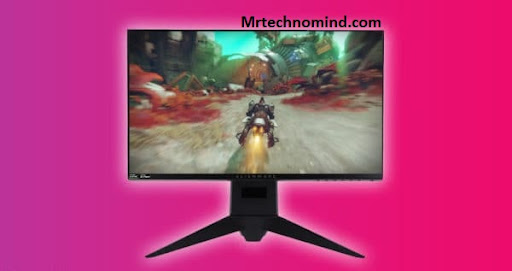
Picture a room filled with the latest TVs, all boasting their own unique features. One of them stands out from the crowd – the Samsung Motion Rate.
It’s a technology that creates a more realistic viewing experience and smoothness that you can actually see and feel.
This is made possible by a combination of factors, including a higher refresh rate, faster processor, and backlight control technology.
The result? A clear image even when there’s fast-paced action on screen.
If you’re watching sports or playing games, you won’t miss any of the details because your TV will keep up with the action.
The other major TV brands also have their own technologies for enhancing picture quality during fast-paced scenes.
Sony has MotionFlow to reduce motion blur and LG has TruMotion to create smoother movements in movies and sports broadcasts.
All of these technologies provide an improved viewing experience without sacrificing any image quality or clarity.
So no matter what brand you choose, you can rest assured knowing that your TV will deliver great picture quality even during high-speed scenes.
What is Sony Motion Flow?
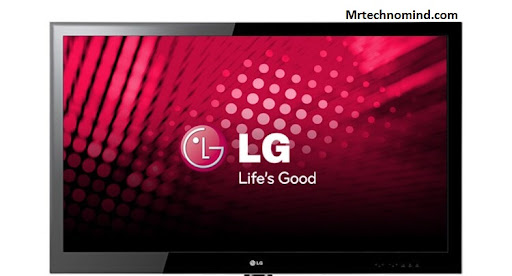
Continuing the discussion, Sony MotionFlow is a feature found in many of their television sets. It’s designed to reduce motion blur and juddering in fast-moving images, providing a smoother viewing experience.
This is done by interpolating frames between the original video frames, creating additional frames that match the movements on the screen. The number of interpolated frames can be adjusted depending on what type of content you’re watching and how much motion blur reduction you want.
Sony MotionFlow also includes other technologies such as black frame insertion, which helps to reduce motion blur even further by displaying black frames at regular intervals between the original ones. This helps to give a more life-like image with reduced blurring and better contrast.
Finally, advanced motion processing algorithms are used to create an even more realistic viewing experience with improved clarity and realism. This technology is especially useful when watching sports and action films, as it allows viewers to enjoy the full intensity of these genres without having to worry about blurry or distorted images.
This makes Sony MotionFlow a great choice for those who want clear pictures with minimal motion blur.
What is Lg Trumotion?
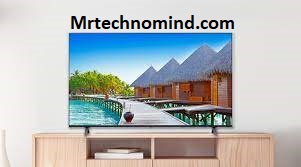
Picture this: You’re watching your favorite movie, and suddenly you notice a blur in the action scene. You can tell that something is off, but you just can’t put your finger on it. That’s when you realize that it’s all because of the motion rate of your television.
LG TruMotion technology is here to save the day! It’s an innovative feature that offers smooth, clear motion while watching movies, sports, or playing video games on your TV.
LG TruMotion combines two different technologies to create the perfect viewing experience: backlight scanning and frame interpolation.
Backlight scanning reduces blur by quickly dimming and brightening certain areas of the screen during fast-moving scenes. Meanwhile, frame interpolation processes each individual frame and inserts additional frames between them to create a more seamless picture with less blurring.
This results in smoother motion with fewer jagged edges or artifacts for an overall better viewing experience. The result? A crisp image with no lag or stuttering, providing a smoother viewing experience while still maintaining detail and clarity in fast-moving scenes.
Whether you’re into cinema classics or catching up on the latest series, LG TruMotion technology will give you the best picture possible without any interruption to your entertainment.
Samsung Motion Rate Vs. Sony Motionflow Vs. Lg TruMotion
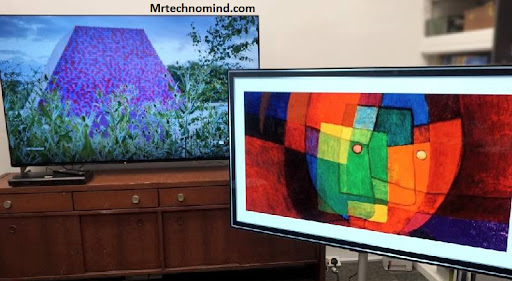
Having discussed LG TruMotion in the previous section, let’s now contrast it with Samsung Motion Rate and Sony MotionFlow.
| Feature | Samsung Motion Rate | Sony Motionflow | LG TruMotion |
| Technology | Uses a combination of frame interpolation and backlight scanning to create smoother motion | Uses frame interpolation to create smoother motion | Uses frame interpolation to create smoother motion |
| Measured in | Hertz (Hz) | Hertz (Hz) | Hertz (Hz) |
| Claimed Refresh Rate | Usually advertised as 120Hz or higher | Usually advertised as 120Hz or higher | Usually advertised as 120Hz or higher |
| Effectiveness | Can improve motion clarity, reduce blur, and create smoother motion, but may cause the soap opera effect | Can improve motion clarity, reduce blur, and create smoother motion, but may cause the soap opera effect | Can improve motion clarity, reduce blur, and create smoother motion, but may cause the soap opera effect |
| Customization | Offers various preset options and settings to adjust the level of motion smoothing | Offers various preset options and settings to adjust the level of motion smoothing | Offers various preset options and settings to adjust the level of motion smoothing |
| Compatibility | Compatible with Samsung TVs | Compatible with Sony TVs | Compatible with LG TVs |
All three are motion-enhancing technologies used in televisions to provide smooth and lifelike motion.
Samsung Motion Rate is a system that uses refresh rate, image processor speed, and backlight technology to enhance motion clarity. It doubles the number of times per second that images are refreshed on the screen, thus reducing blurring when watching fast-moving scenes. This technology is typically used in Samsung LED TVs and Smart TVs.
Sony MotionFlow increases the frame rate of movies or TV shows by inserting extra frames between existing ones. The additional frames are generated based on what is happening on the screen at any given moment; this helps reduce blurriness and make movements appear smoother. This technology is available on some Sony Bravia TVs as well as their PlayStation consoles.
Overall, all three technologies offer a way to improve motion clarity for dynamic content such as sports or action films. They each use different methods to achieve this goal, but ultimately they provide viewers with smoother visuals when watching television or movies.
Faqs
1. What Are Samsung Motion Rate, Sony Motion Flow, and Lg Trumotion?
Samsung Motion Rate, Sony Motion Flow, and LG TruMotion are technologies that are designed to enhance the motion-handling capabilities of modern TVs. They use various techniques such as frame interpolation and backlight scanning to reduce motion blur and improve the clarity of fast-moving objects on the screen.
2. How Do These Technologies Work?
Samsung Motion Rate, Sony Motion Flow, and LG TruMotion work by manipulating the TV’s refresh rate and backlight scanning to create the illusion of smoother motion. For example, they may use frame interpolation to insert extra frames in between the actual frames of a video to make the motion appear smoother.
3. What Are the Benefits of These Technologies?
A: The primary benefit of Samsung Motion Rate, Sony Motion Flow, and LG TruMotion is that they improve the clarity of fast-moving objects on screen, reducing motion blur and judder. This can make sports, action movies, and gaming more enjoyable to watch.
4. Are There Any Downsides to These Technologies?
A: One potential downside to Samsung Motion Rate, Sony Motion Flow, and LG TruMotion is that they can sometimes create an artificial “soap opera” effect, where the video appears too smooth or “fake.” This is a matter of personal preference, and some people may prefer the more natural look of video without motion interpolation.
5. Do All Tvs Have These Technologies?
A: No, not all TVs have these motion-handling technologies. Samsung Motion Rate is only available in Samsung TVs, Sony Motion Flow is only available in Sony TVs, and LG TruMotion is only available in LG TVs. Additionally, not all models within each brand may have these features.
Conclusion
In conclusion, it’s important to understand the different refresh rates, motion rates, and motion interpolations available when shopping for a television. Knowing the differences between Samsung Motion Rate, Sony MotionFlow, and LG TruMotion can help you find the best TV for your needs.
Each of these features offers a unique benefit that can make your viewing experience more enjoyable. Ultimately, it’s up to you to decide which is best for you.
I hope this article has provided some insight into understanding which refresh rate and motion rate are best for you.